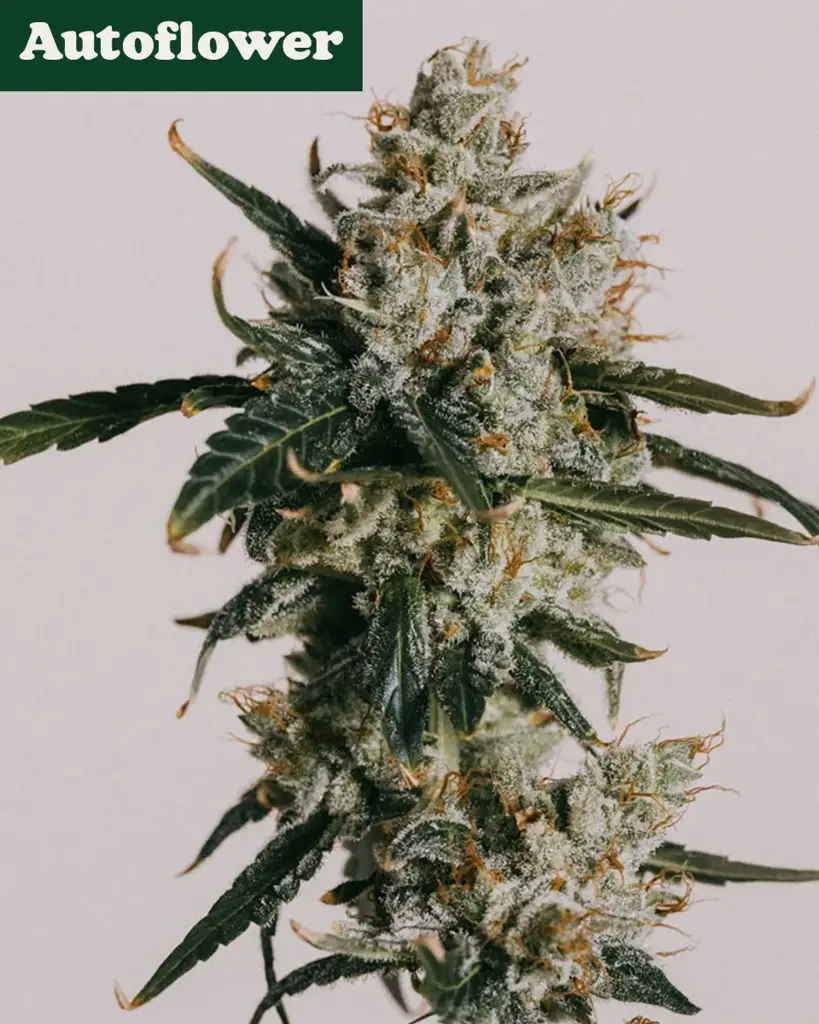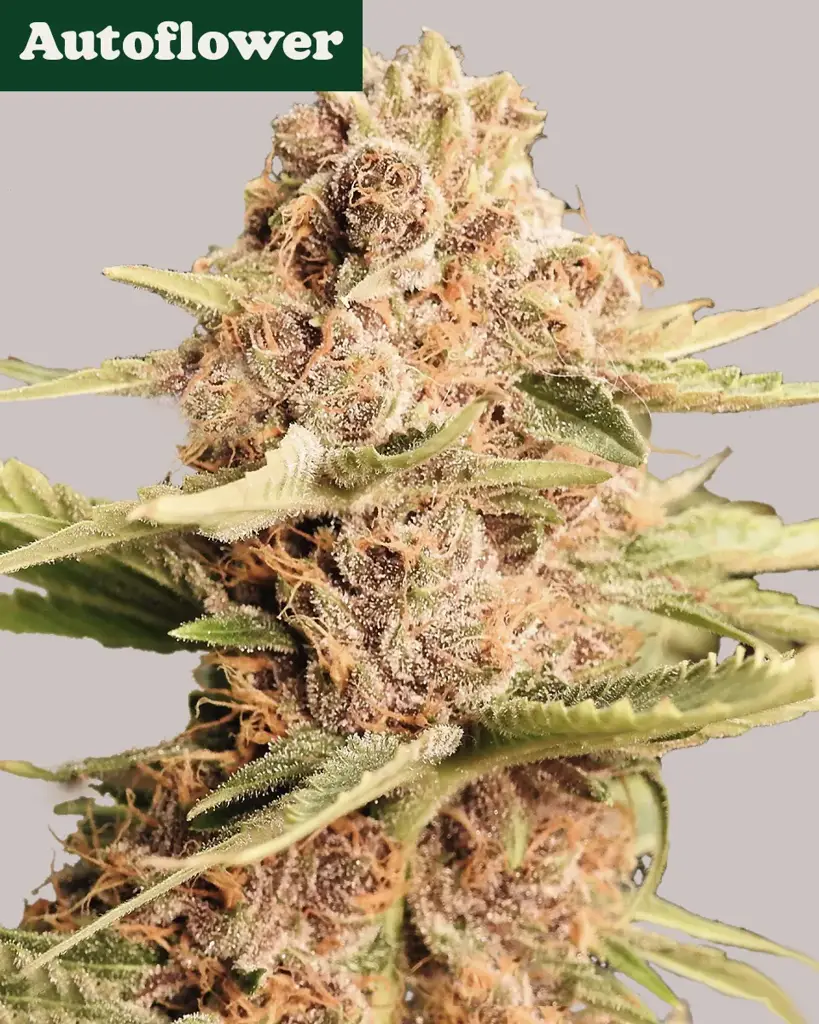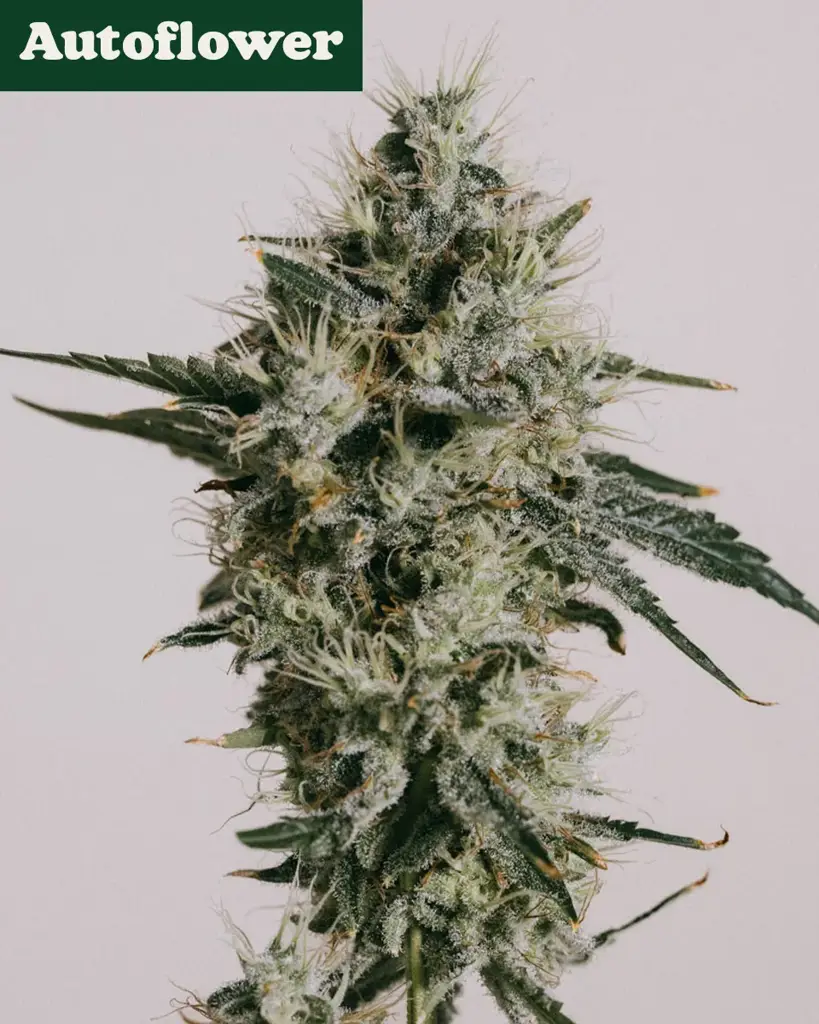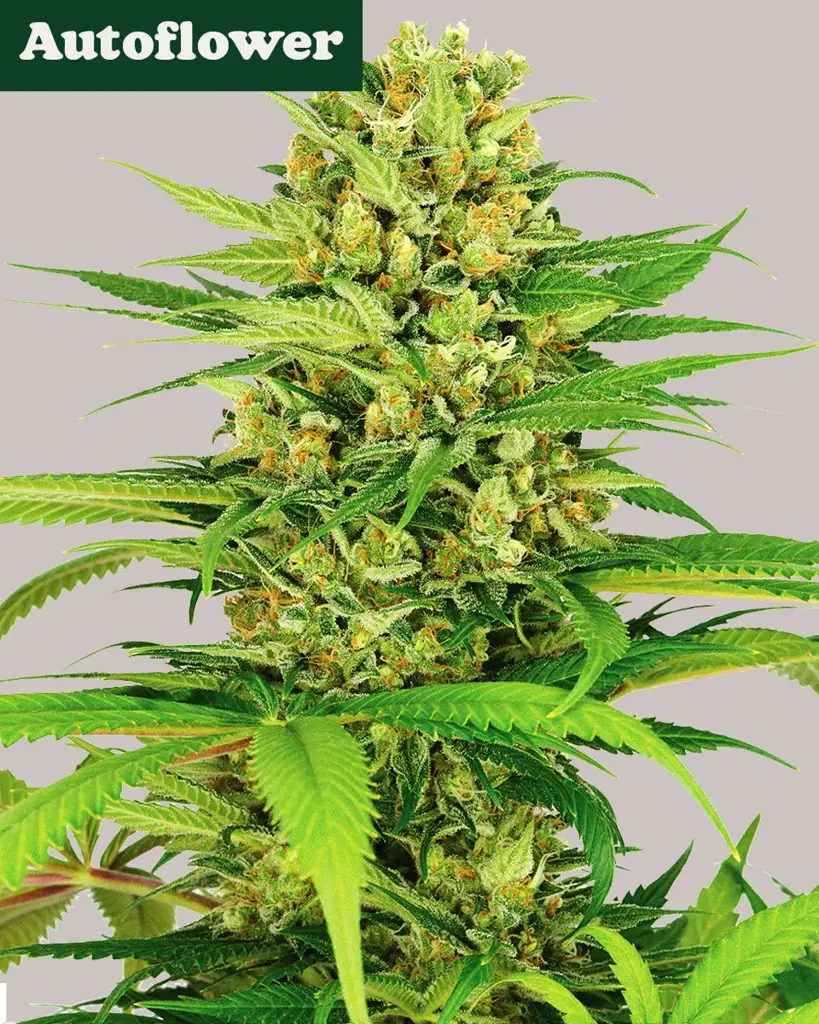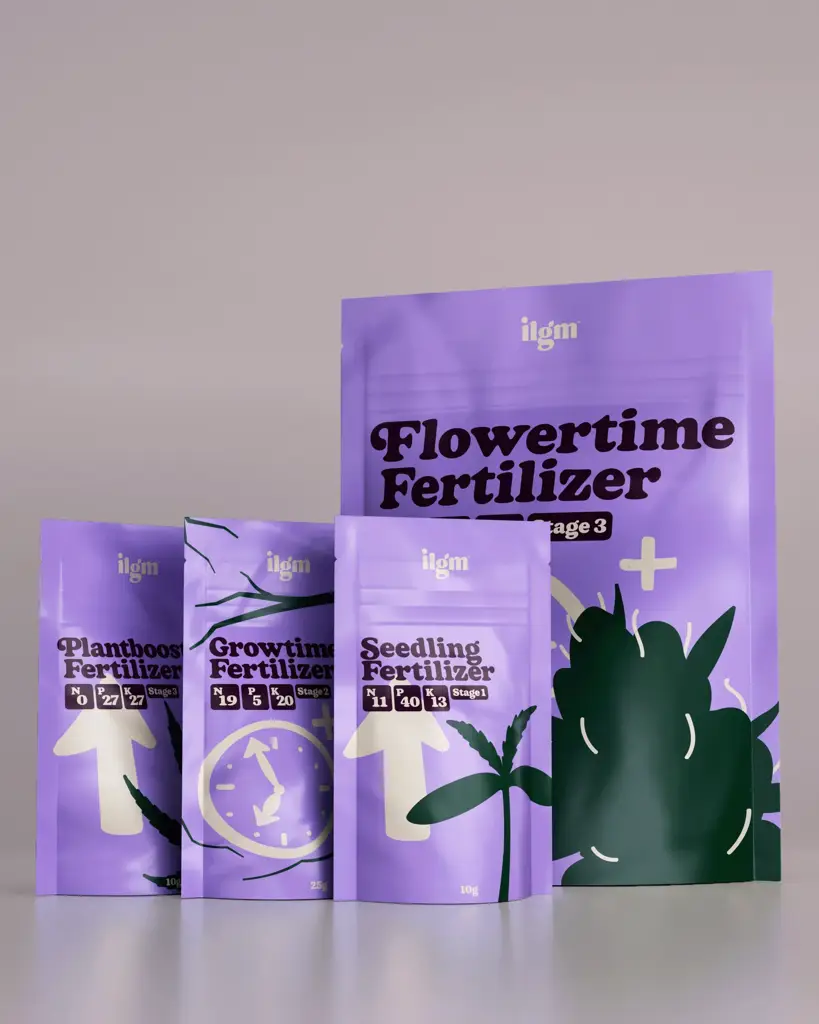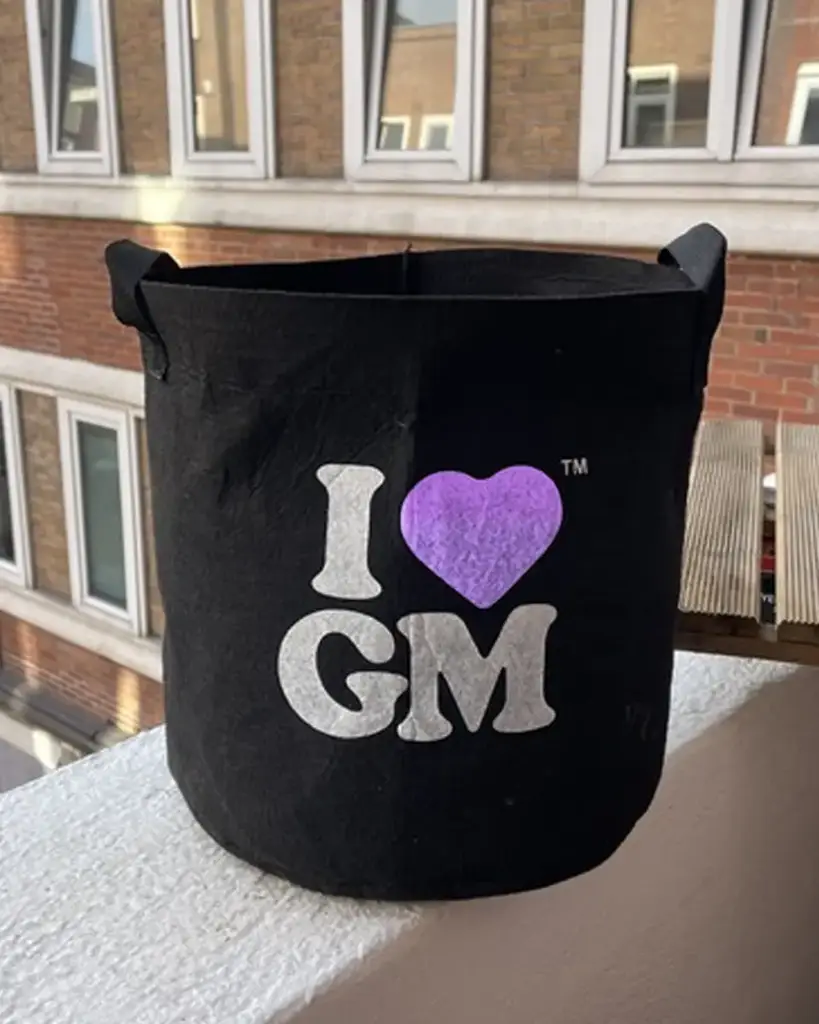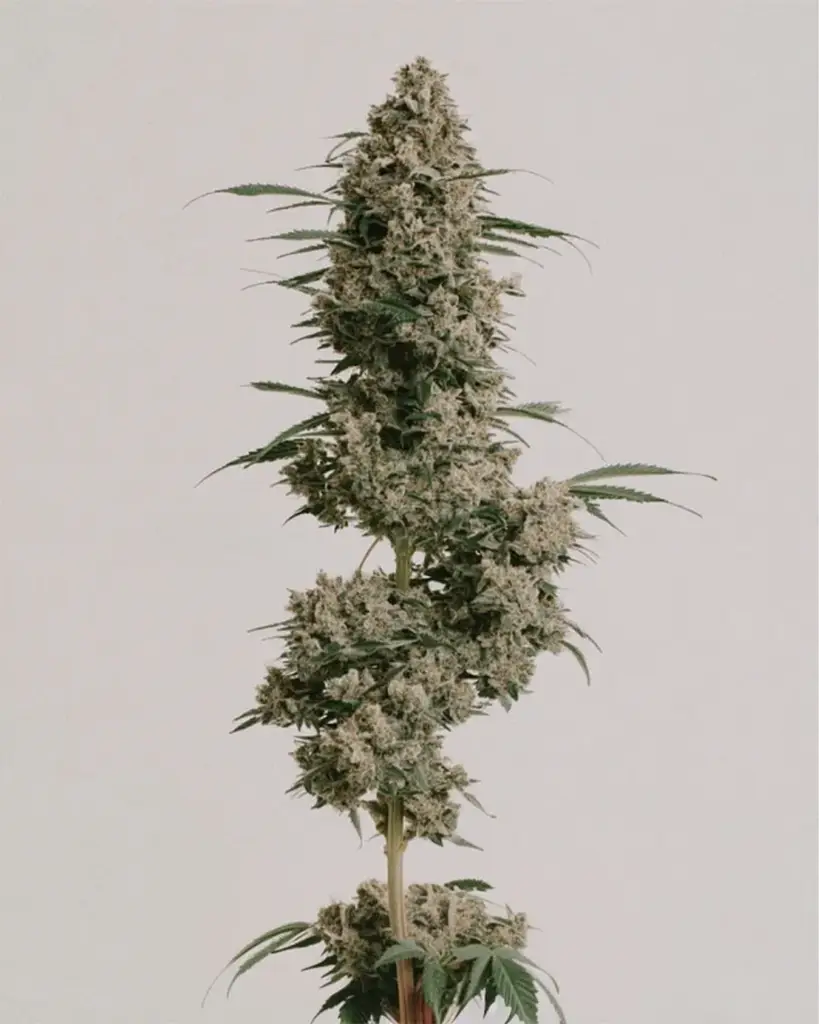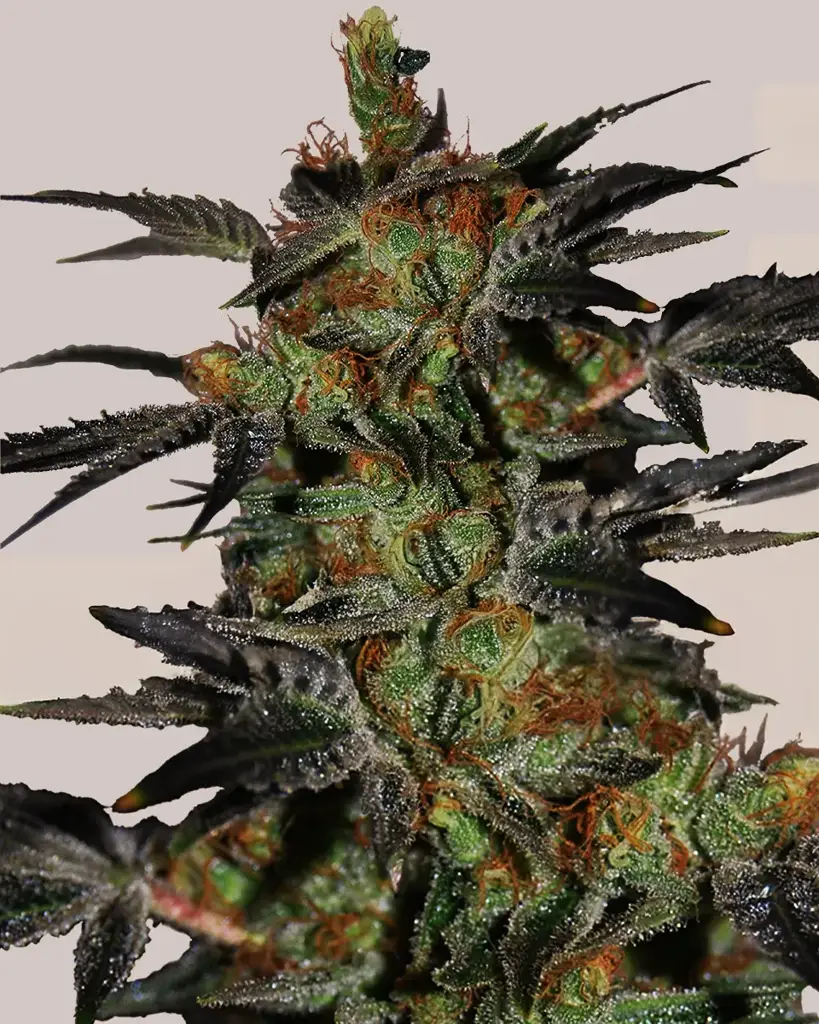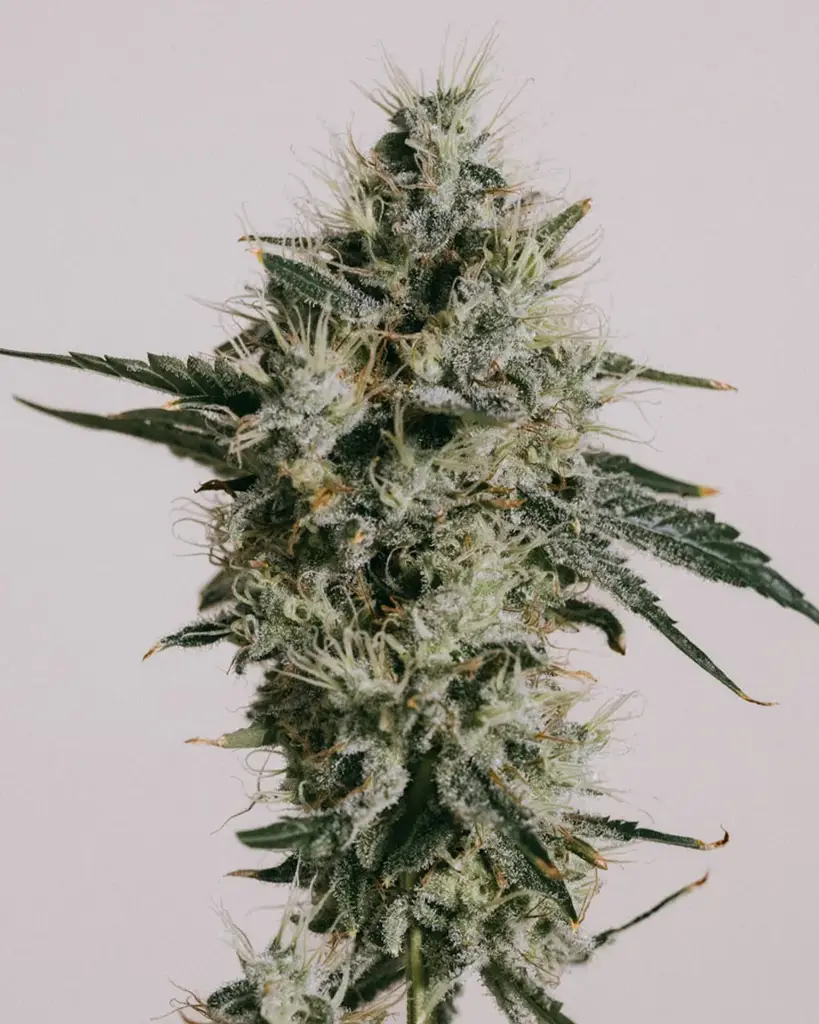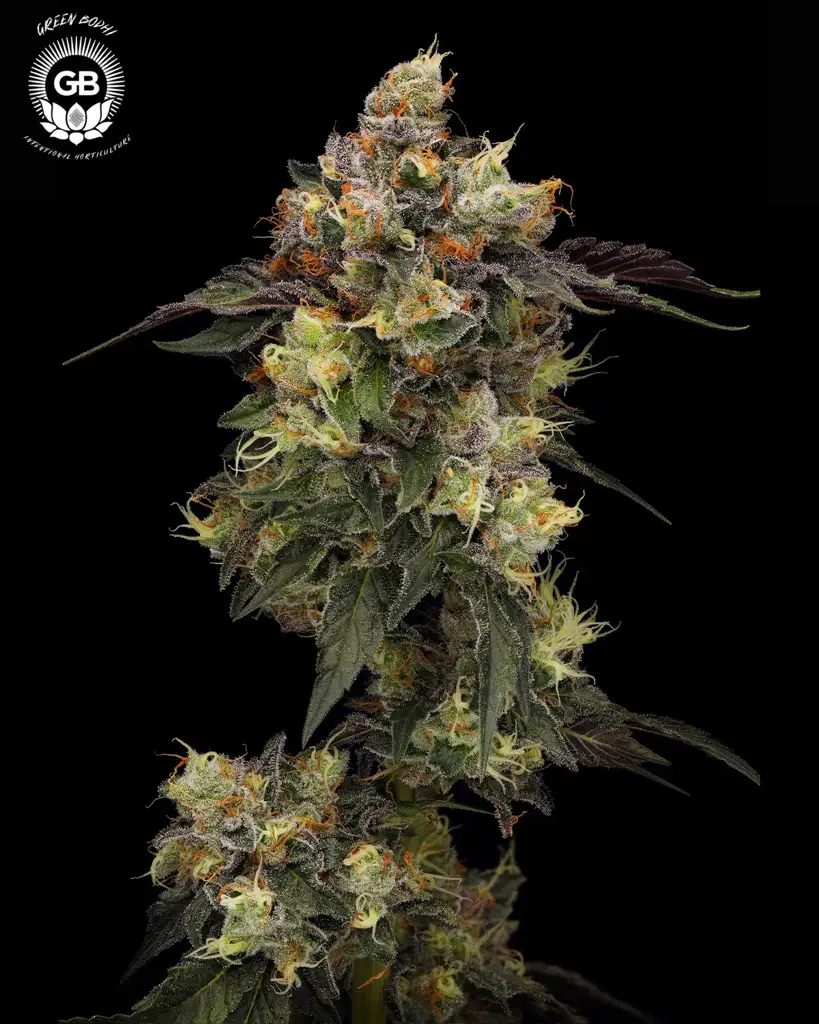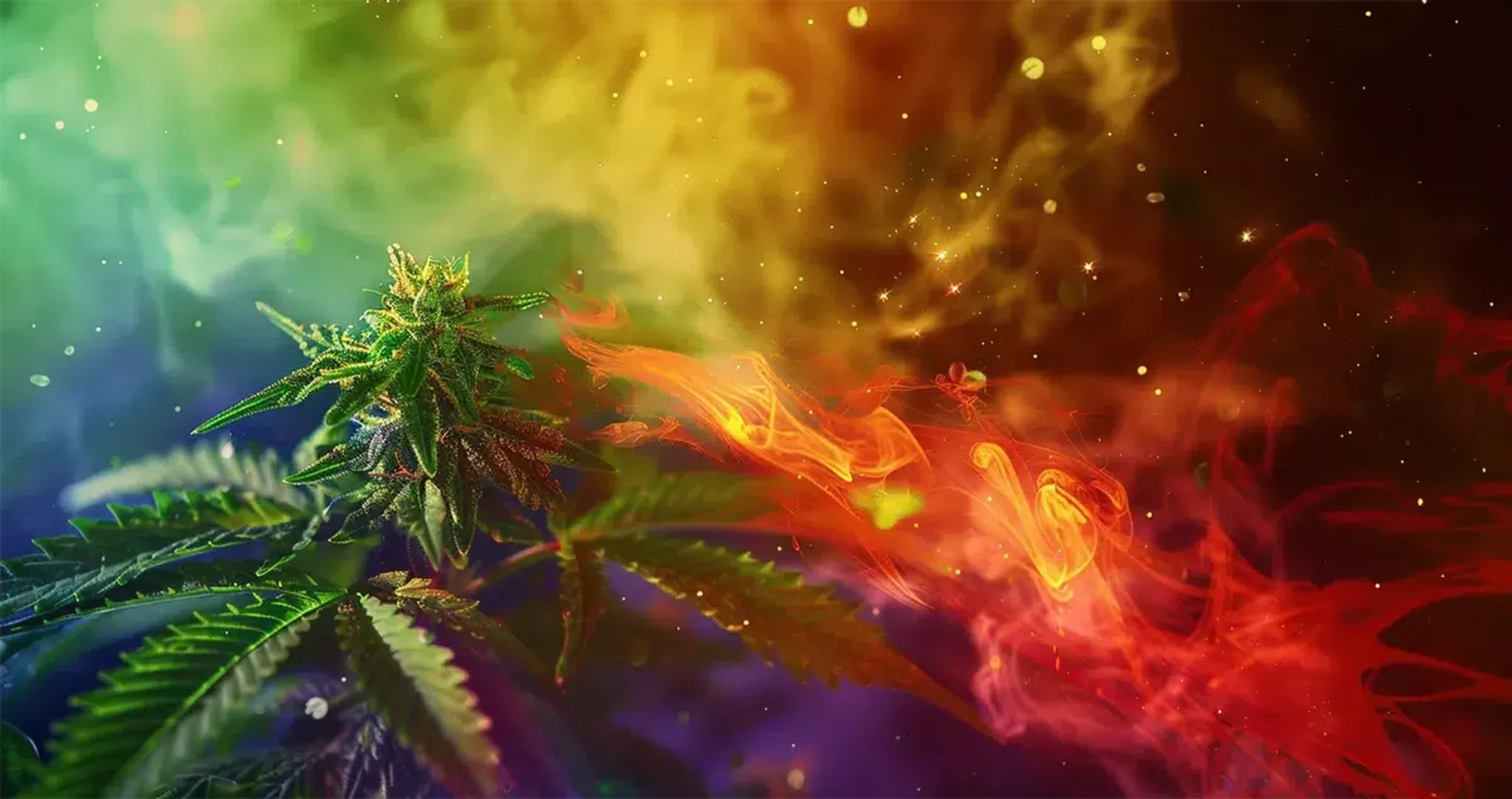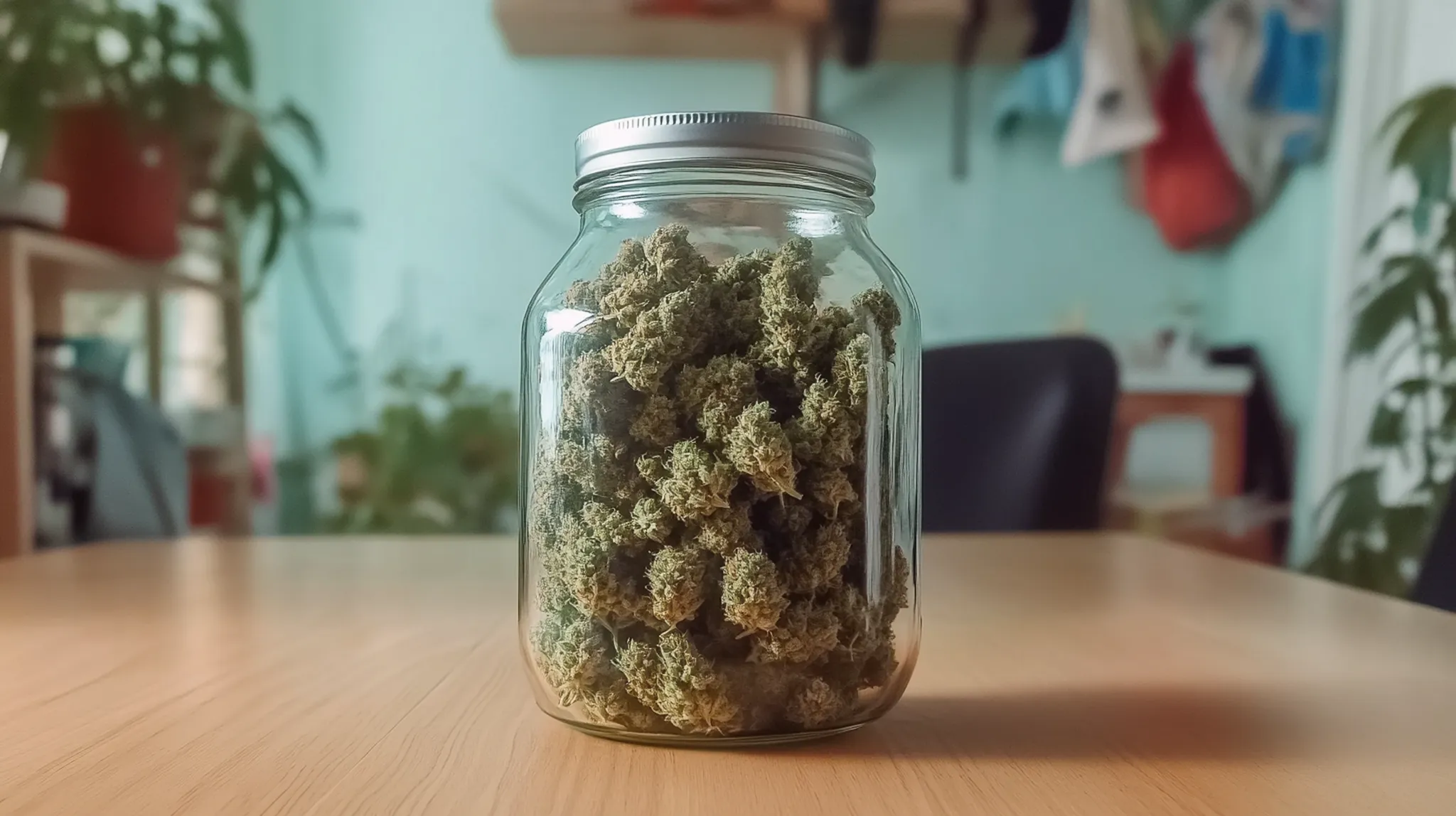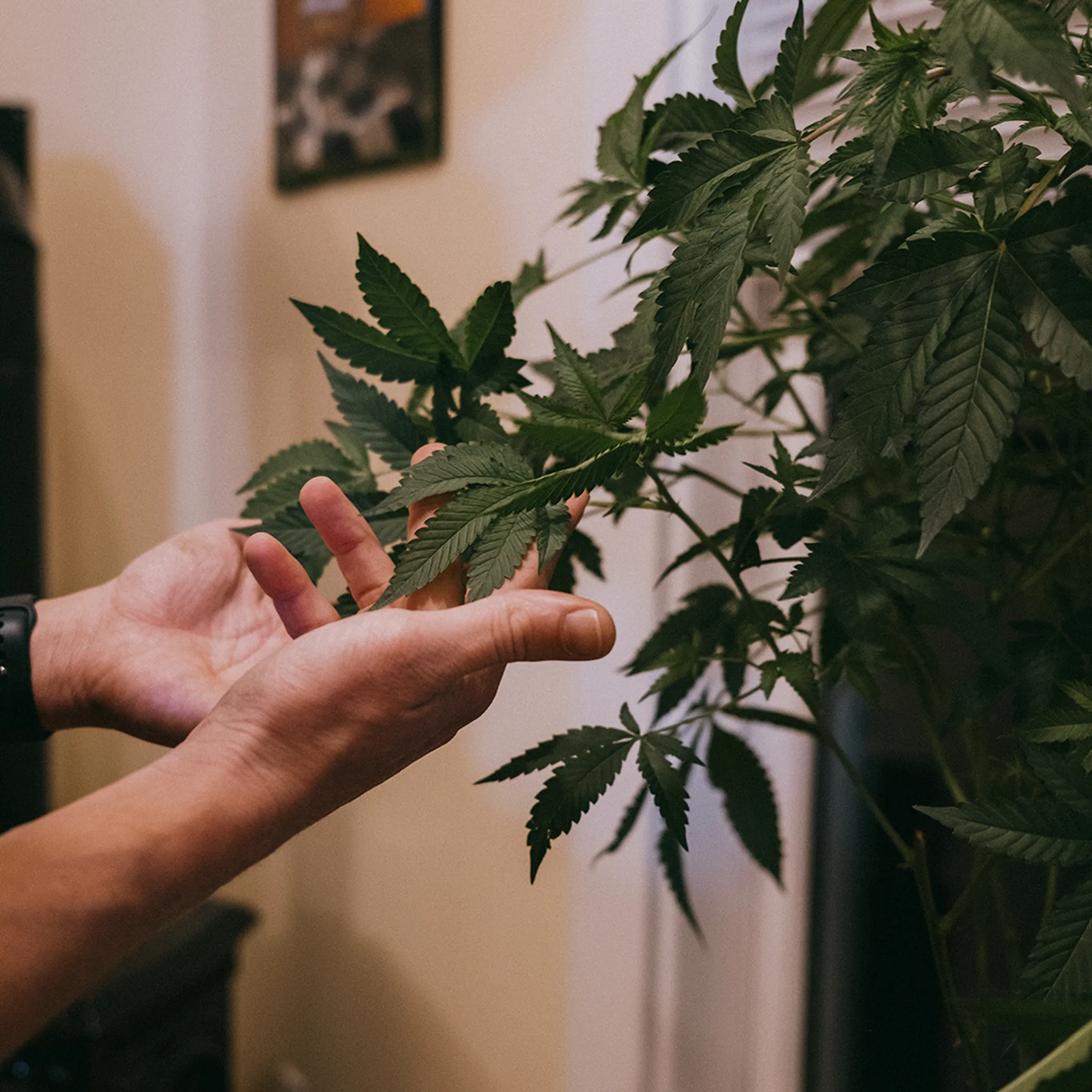
A Beginner's Guide To Cannabis Plant Anatomy
Understanding the different parts of a cannabis plant is key when you're just starting out. You don’t need to be a plant biologist to grow great cannabis, but having a solid grasp of cannabis plant anatomy will help you make informed decisions at every stage of the process. Let’s go through the essential parts you'll be dealing with.
Table of contents
- Cannabis Seeds: The Beginning of Your Journey
- Cannabis Roots: The Underground Lifeline
- Cannabis Plant Stem: The Plant’s Highway
- Nodes on Cannabis Plants: Where Growth Happens
- Branches: Supporting the Cannabis Plant
- Leaves: The Powerhouse of Your Cannabis Plant
- Bract: Protecting the Calyx
- Calyx: The Reproductive Organ’s Shield
- Pistil: The Reproductive Organ
- Stigma: The Hairy Helpers
- Cannabis Colas: Clusters of Buds
- Popcorn Buds: The Little Guys
- Trichomes: Where the Magic Happens
- Identifying Male and Female Cannabis Plants
- Wrap-Up: Understanding Cannabis Anatomy
Cannabis Seeds: The Beginning of Your Journey
Cannabis seeds are where it all starts. Inside, they hold the genetic code and nutrients your plant needs to begin growing. When given the right conditions—like warmth and moisture—the seed will crack open, and you'll see its first root (the “radicle”) and first leaves (the “cotyledons”). These seeds are small but pack everything needed to kick off the growth process.

Our Bestsellers
Cannabis Roots: The Underground Lifeline
Roots anchor the plant in place and help absorb and cycle water and nutrients from the soil. They also work with beneficial microbes in the soil to keep the plant healthy. Well-aerated soil and proper watering keep roots from drowning or rotting, which is crucial for strong growth.

Cannabis Plant Stem: The Plant’s Highway
The stem transports water, nutrients, and sugars between the roots and leaves. It also supports the branches and colas, helping the plant stay upright. A thick, healthy stem is a sign of a strong cannabis plant.
Nodes on Cannabis Plants: Where Growth Happens
Nodes on the stem and branches are the places where smaller branches, leaves, and buds grow. They help identify the plant's age (when you count how many have developed along the main stem), and you need to learn how to identify when using training techniques like topping or pruning. You can also tell if your plant is male or female once it reaches the pre-flowering stage by looking at the nodes.
Branches: Supporting the Cannabis Plant
 Branches grow from the nodes and hold up the plant's leaves and buds. They allow the plant to spread out and capture more light, which is vital for growth. Training and pruning techniques can help distribute branches evenly for better light exposure.
Branches grow from the nodes and hold up the plant's leaves and buds. They allow the plant to spread out and capture more light, which is vital for growth. Training and pruning techniques can help distribute branches evenly for better light exposure.
Leaves: The Powerhouse of Your Cannabis Plant
 Leaves are where photosynthesis happens, turning sunlight into energy. They also help regulate water loss through transpiration. Without healthy leaves, your plant won’t grow properly, so they’re a key part of keeping it thriving.
Leaves are where photosynthesis happens, turning sunlight into energy. They also help regulate water loss through transpiration. Without healthy leaves, your plant won’t grow properly, so they’re a key part of keeping it thriving.
Cotyledon Leaves
 These are the first leaves that pop out after the seed germinates (they’re also referred to as “seed leaves”). They’re small and round, providing the plant with initial nutrients until the “true leaves” (the ones that are jagged and look more like what you’d expect from cannabis) take over photosynthesis.
These are the first leaves that pop out after the seed germinates (they’re also referred to as “seed leaves”). They’re small and round, providing the plant with initial nutrients until the “true leaves” (the ones that are jagged and look more like what you’d expect from cannabis) take over photosynthesis.
Fan Leaves
 Fan leaves are the large, recognizable leaves of the cannabis plant. They’re responsible for photosynthesis, converting light into energy. While they don’t contain much THC, they’re crucial for the plant’s overall health.
Fan leaves are the large, recognizable leaves of the cannabis plant. They’re responsible for photosynthesis, converting light into energy. While they don’t contain much THC, they’re crucial for the plant’s overall health.
Cannabis Sugar Leaves
Sugar leaves get their name because they grow close to the buds and are covered in trichomes – they look like they’re dusted with sugar crystals. These small leaves are often used to make concentrates like kief or hash.
Indica vs. Sativa: The Leaf Difference
 Indica leaves are broad and wide, while Sativa leaves are narrow and thin. This generalization is used to make assumptions about how the plant will grow and what its effects will be. Indica plants tend to be thought of as shorter and bushier, while Sativa plants are taller and more slender.
Indica leaves are broad and wide, while Sativa leaves are narrow and thin. This generalization is used to make assumptions about how the plant will grow and what its effects will be. Indica plants tend to be thought of as shorter and bushier, while Sativa plants are taller and more slender.
Bract: Protecting the Calyx
A bract is a small leafy structure that encases the reproductive organs of the cannabis flower. They’re covered in trichomes and form the bulk of what we typically call the “bud.” Bracts are where the majority of the plant’s cannabinoids and terpenes are produced, and they protect the actual reproductive parts of the flower. A large number of healthy bracts is what growers aim for.
First Grow?
Calyx: The Reproductive Organ’s Shield
Calyx cells develop inside the bract. They are part of another protective layer for the delicate ovule (see “Pistils” below). This is called the perianth, and it’s very thin and hidden beneath the bracts.
A long while back, folks started referring to “swollen calyxs” (which you can’t actually see) to identify a stage of cannabis flower maturity. The term stuck, and now you can assume that if someone says “calyx,” they really mean “bract.” Feel free to correct ‘em, but in reality, we use shorthand and inaccurate terms to refer to plant parts all the time (like how a peanut is really a legume and a cannabis seed is really an “achene,” but are you going to fight about it?). Now that you know the truth, you can be part of changing the conversation and helping future growers get it right!!
Pistil: The Reproductive Organ
The pistil contains the reproductive parts of the plant: it consists of two “styles” that have hair-like stigmas at the end that run all the way down from the inside of the bract and attach to the Ovule. You can think of this as the “womb” of the cannabis flower, where the seed (if the plant’s pollinated) will form.
Stigma: The Hairy Helpers
Stigmas are small hairs that emerge from the pistil to catch pollen. They are an important indicator of your plant’s maturity. When unpollinated stigmas change from white (on some beautiful varieties, they can also be pink or purple) to orange or brown, you know your female cannabis plant is mature enough to consider harvesting the buds.
Cannabis Colas: Clusters of Buds
Spanish for “tail”, cannabis culture has adopted the nickname “cola” for sections of the plant where individual inflorescences (the “buds”) grow so closely together they look like one long, large flower. Colas form at the end of each branch as the plant matures. The “top cola” is the central, usually most visually impressive and potent, part of the cannabis plant.

Popcorn Buds: The Little Guys
Popcorn buds are smaller buds that grow lower on the plant – the name refers to their size. They don’t get as much light, so they tend to be less dense, but they’re still great for smoking or making edibles.
Need Fertilizer?
Trichomes: Where the Magic Happens

Trichomes are tiny, oil-filled glands that cover the buds and sugar leaves. They’re where cannabinoids and terpenes, which give cannabis its potency, flavor, and aroma, are produced. There are three main types of trichomes:
Bulbous trichomes: The smallest and most difficult to see, these trichomes don’t have much impact on the plant’s potency.
Capitate sessile trichomes: These are medium-sized trichomes, more visible, and play a bigger role in producing cannabinoids.
Capitate-stalked trichomes: The largest and most important type, these trichomes are where most of the cannabinoids and terpenes are produced. They’re the frosty, sticky ‘crystals’ you see on buds.
Together, these trichomes create the signature resinous coating (the “sugar” or “frostiness”) that cannabis growers and connoisseurs love.
Pro Tip: Trichomes happen to be one of the main indicators for harvest ripeness. Look at what color the trichomes are to see if they are ready for harvest.
Identifying Male and Female Cannabis Plants
Knowing how to tell male from female plants is essential, especially if you're growing for maximum effect. Female flowers produce the buds rich in cannabinoids that most growers want, while male flowers produce pollen. Identifying them early on can save you time and help prevent unwanted pollination.
Male plants: Look for small, ball-like pollen sacs forming at the nodes. These sacs are designed to release pollen, which can fertilize female plants and cause them to produce seeds instead of resin-rich buds.
Female plants: Female cannabis plants develop small, hair-like structures called pistils at the nodes. These white hairs are the first sign that you have a female plant and indicate that the plant is ready to produce flowers.
Being able to identify male and female cannabis plants is a key part of understanding the anatomy of a weed plant and managing your grow efficiently.
Pro Tip: Cannabis is actually more complex than simply being either male or female. To go beyond the basics and learn more, check out this link.
Wrap-Up: Understanding Cannabis Anatomy
Having a solid understanding of cannabis plant anatomy—from roots to top cola—will make your growing experience smoother and more successful. Knowing the different parts of a weed plant will help you troubleshoot issues, maximize yields, and get the best results from your grow. Take the time to get familiar with the anatomy of a weed plant, and you’ll be well on your way to becoming a confident cannabis grower.

Xavier Kief
Xavier Kief, a fierce cannabis advocate & educator, merges science & joy in cultivation. Expert in regenerative growing, mycology & activism


